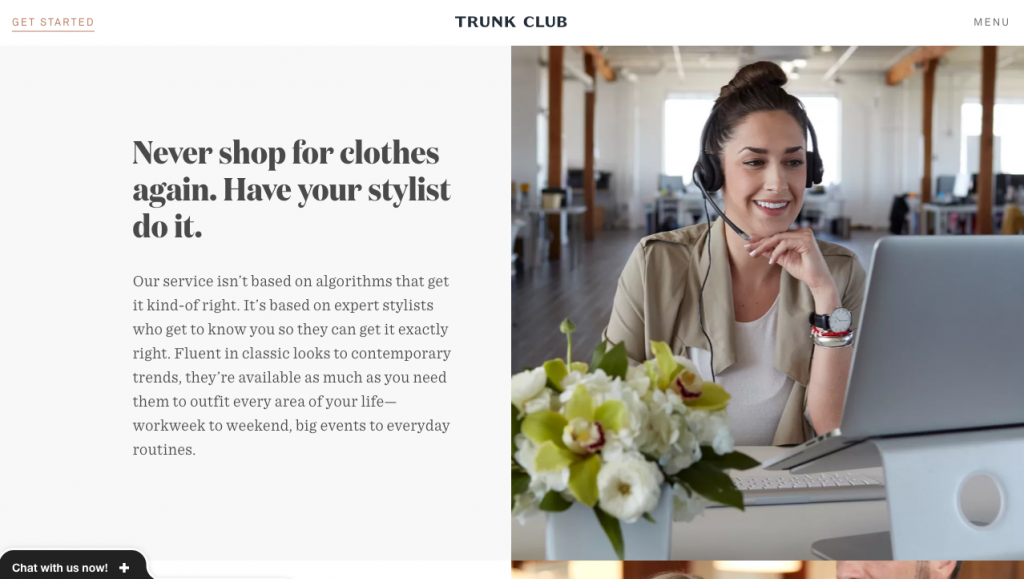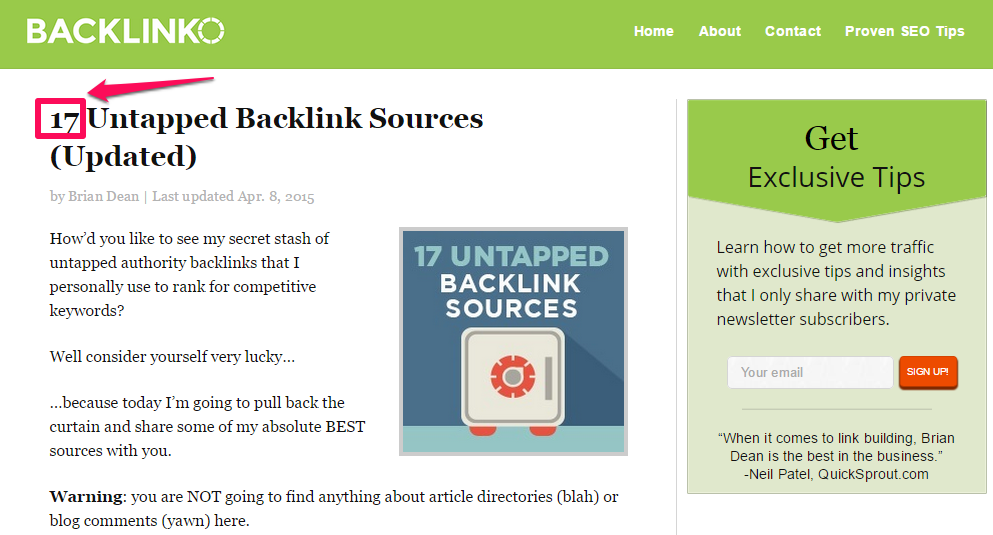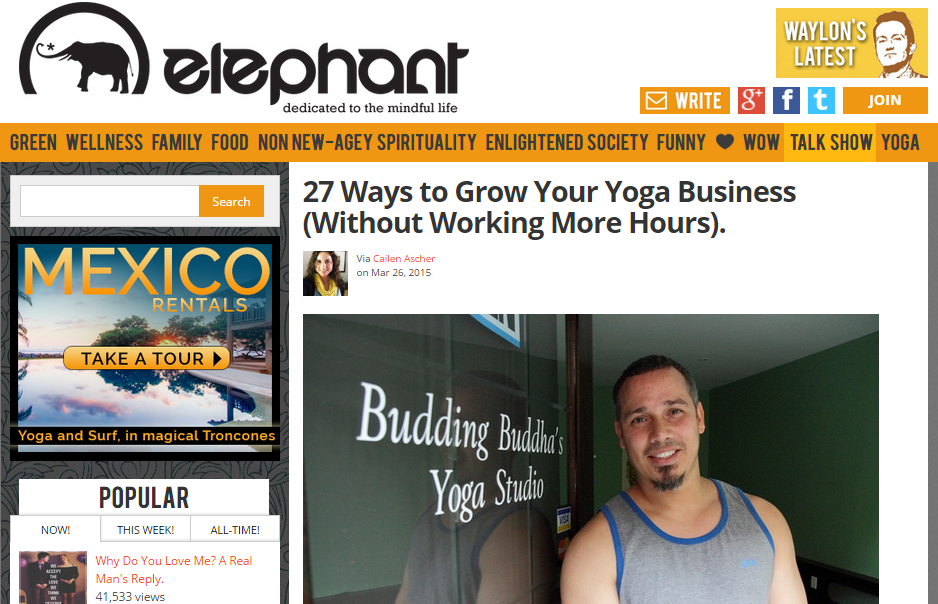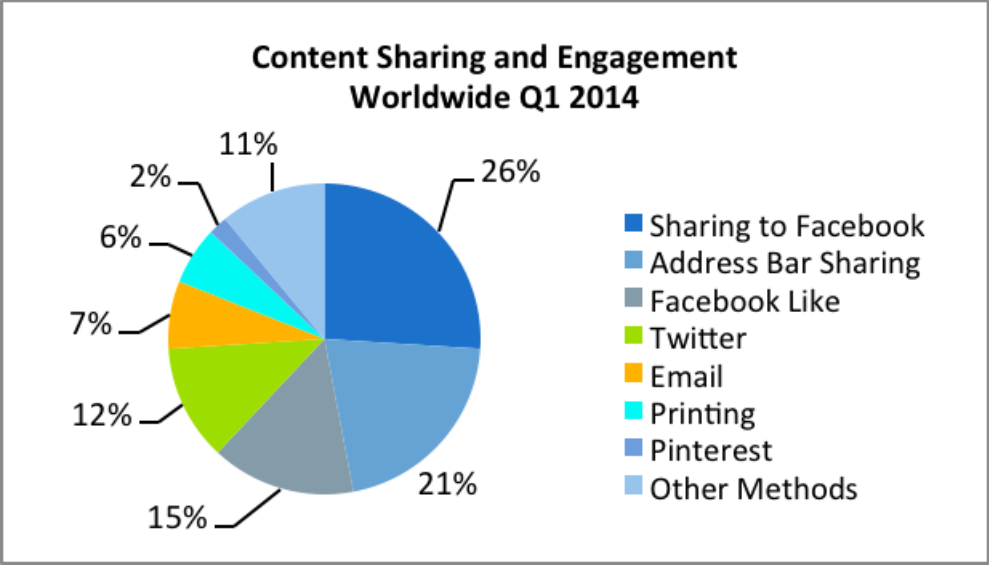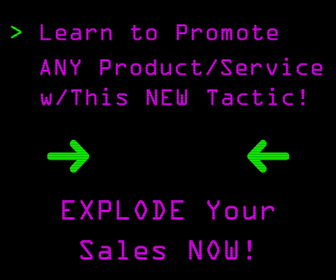 In a noisy world, it’s sometimes impossible to get people to read a headline or even well-written content. It takes a lot more than just excellent content or fabulous website design. The essential part of an article is its headline. The same principles apply to website copy, blog posts, and similar writing. The title is where the focus should be because that’s where an audience’s attention will be. The writer should ask themselves while writing every article: “Will this make a writer want to read more?” If it doesn’t grab your attention, then don’t publish the article until the headline is impressive. Focus on crafting a compelling headline, and there will be a lot more website buzz, and readers will flock to your site to read your latest blog posts as well.
In a noisy world, it’s sometimes impossible to get people to read a headline or even well-written content. It takes a lot more than just excellent content or fabulous website design. The essential part of an article is its headline. The same principles apply to website copy, blog posts, and similar writing. The title is where the focus should be because that’s where an audience’s attention will be. The writer should ask themselves while writing every article: “Will this make a writer want to read more?” If it doesn’t grab your attention, then don’t publish the article until the headline is impressive. Focus on crafting a compelling headline, and there will be a lot more website buzz, and readers will flock to your site to read your latest blog posts as well.
For starters, Wordstream says it’s all about selecting the best keyword that will have excellent search volume. Targeting something that readers will be interested in reading about and that will also be easy for them to pull up on the web will help them easily navigate to your site.
What use is running an ad or creating a video if people aren’t even interested in the topic? Every headline you write should target a specific keyword with significant search volume – this not only ensures that your headline is optimized to drive targeted traffic through organic or paid search, but it proves that people are actively looking for information related to the topic. Is the keyword you’re targeting something that people are actually searching for? If the answer is no, then it’s useless.
There are plenty of tools you can use to find high-volume keywords to use in your headlines, from WordStream’s Free Keyword Tool to paid tools like Moz’s Keyword Explorer. If you have an AdWords account, you can use their Keyword Planner (under “Tools” > “Keyword Planner”).
Type in some potential keywords to get an idea of their volume, and target terms with medium to high search volume. Just keep in mind that for keywords with very high search volume, the competition is going to be much steeper, and your content will have to be that much more amazing to rank on the SERP.
Giving clear instructions and using powerful words are two ways to get a headline to jump out at readers. Native Advertising Institute also recommends getting them excited so that you can increase brand awareness and improve your business.
Give instructions.
You can tell your readers what to do but not in a bossy way. Be their friend and show them how they can improve something significantly once they purchase your product.
For instance, tell them to stop wasting their time on wrong strategies or their money on things that won’t make much difference to their business. Show them that you know what you are talking about and you have the solution for it.
This will be your winning ticket, so you can increase the brand awareness and improve your positive image in the eyes of your readers.
Use power words.
According to the Smart Blogger, there are words that make the users want to read the content and make you a better writer. In fact, they state that you can do wonders with their list of words with powerful connotation.
“Maybe you want to impress them, get them excited, make them cautious, get them angry, encourage them to keep going, or any number of emotions. The better a job you do at making them feel, the more influential you are, and the better your chances of getting what you want.”
Such words include “insidious”, “lurking”, “mind-blowing”, and “jaw-dropping.” See how they can fit into your context and add them to your ad right away.
Making a promise is one way to improve headlines, and according to Building a StoryBrand, telling your readers what’s in it for them is one way to make them want more. Ultimately it’s all about creating a mental connection with readers and urging them why it’s a good idea to invest in your business and product.
Now that you’ve got their attention, tell your readers what’s in it for them.
Use your headline to make a promise of some kind. It’s a specific way you’re going to make their life easier. Delight them. Save them money. Take away pain.
Here’s an example from fashion stylist company Trunk Club. This is from the portion of their website where they talk about their services for men:
Never shop again? It’s a very bold (and for some of us, very enticing) promise, and they are just declaring it outright.
When your web visitors read your promise, they’re going to start imagining what life would look like if that promise got fulfilled. And that means you’ve made an emotional connection with your copy. That will engage customers now and make selling easier later.
Titles with odd numbers also seem to do the trick, at least, that’s what Neil Patel argues. He backs up this belief up by providing examples of some headlines that seem to have done the trick with its readers:
According to Content Marketing Institute, the brain seems to believe odd numbers more than even numbers. Odd numbers also seem to help people digest and recall information more easily.
And, what’s more, when a headline was tweaked to include the odd number 7, click-through rates increased by 20%.
Ideally, instead of using the word “seven,” you should replace it with the numeral “7,” in headlines. So, instead of writing “Seven Steps To Start A Home Business,” use “7 Steps To Start a Home-Based Business.”
Note: If you’re writing a step-by-step guide, don’t include more than nine steps, because the human brain typically finds it difficult to process more than nine items at a time. However, if you’re writing about tools or different ways to do a thing, there is no limit to the number you can use.
Headlines with even numbers also perform well. Sometimes, even numbers outperform odd numbers, especially when the marketer or author actively promotes the content.
Here are some examples of successful headlines with odd numbers:
17 Untapped Backlink Sources (Updated)
Neil Patel also contends that it’s important to call to their attention what you want them to pay the most attention to right away before they disappear from your website.
The purpose of the headline is to get your viewer to read the first sentence. Every headline should call for attention. “Attention” simply means mental focus and serious concentration on a given task.
Keep in mind that your customers are human beings with several things vying for their attention. Unfortunately, people’s attention spans have been decreasing every single year. According to Statistica, a person’s attention span is 8.25 seconds.
Social sharing is a lot easier, when your visitors are engaged on your site. A survey by AddThis showed that, in Q1 of 2014, Facebook sharing accounted for 26% of all share activity.
If you’re a small business owner, one of the ways to acquire and retain customers is by engaging them with great content. And, great content starts with a headline that captures your reader’s attention.
You’ve got to convince your customers and prospects to keep reading. The headline can build that momentum for you.
To write headlines that generate results, Copyblogger says it’s imperative to create a title that’ll jump out at readers. In addition to a headline, the first fifty words or so also should jump out to readers. The headline and introduction should be compelling enough to suck readers in and hold their attention.
According to some of the best copywriters of all time, you should spend half of the entire time it takes to write a piece of persuasive content on the headline. So if you have a blog post that is really important to you or your business, one that you really want people to read, you should downright obsess over your post title.
Advertising legend David Ogilvy knew the power of headlines, and how the headline literally determined whether the advertisement would get read. He rewrote this famous headline for an automobile advertisement 104 times:
“At 60 miles an hour, the only thing you hear in the new Rolls Royce is the ticking of the dashboard clock …”
Master copywriter Gene Schwartz often spent an entire week on the first 50 words of a sales piece — the headline and the opening paragraph. Those 50 words are the most important part of any persuasive writing, and writing them well takes time.
Even for the masters.
Jeff Goins on Goins, Writer recommends using emotional adjectives that help describe a reader’s problem and provides some examples. He also says a writer must uniquely explain things to hold a reader’s attention. Making a promise and answering the what, how, why, when and where also helps when writing incredible headlines and content.
Here are some examples:
Effortless
Painstaking
Fun
Free
Incredible
Essential
Absolute
StrangeUse unique rationale to demonstrate what the reader will get out of the article
If you’re going to do a list post, be original. For example consider the following:
Reasons
Principles
Facts
Lessons
Ideas
Ways
Secrets
Tricks
If possible, never use things. Please, for the love of Pete, don’t use things. You can do better than that.
Use what, why, how, or when
These are trigger words. I typically use “why” and “how” the most, because I’m often trying to persuade or enable someone. Typically, you’ll use either a trigger word or a number. Rarely does it sound good to do both.
Make an audacious promise
Promise your reader something valuable. Will you teach her how to learn a new skill? Will you persuade her to do something she’s never done before? Will you unlock an ancient mystery?
What you want to do is dare your reader to read the article. Without over-promising, be bold. Be seductive (in the most innocuous way possible, of course). Be dangerous. And then deliver what you promised.
Sources: Building a StoryBrand, Neil Patel, Wordstream, Native Advertising Institute, Copyblogger, Goins, Writer
CHALLENGE Yourself to Profit!
Free Download: Build Your Profit-Generating Online Business With This Free Blueprint
Sign Up, follow the easy steps and You'll get the tactics, strategies & techniques needed to create your online profit stream. It's free!

